作品主要由兩部分構成:無視覺VR裝置、互動式劇場。探索Bardo與VR媒介、消逝的歷史與身體感知再現。
不同於熟悉的VR視覺感官經驗,觀者需「闔眼」進入沈浸式裝置,感知非視覺的內在狀態。在關閉外部具象視覺後,觀者藉由抽象動態光影刺激與Spatial Audio再現內部視覺,進入個人意識空間。其中的敘事內容來自一段已故長者的口述歷史,再現那年代的戰爭、勞動、愛情、面對死亡的幻覺......。然而,當觀者逐漸進入意識空間的過程中,嚮導者(現場表演者)將帶領他離開原地,於未明的現實空間中漫步、疾走、拉扯......,藉由肢體傳遞情緒訊息。觀者的意識空間存於虛擬實境,而身體感知則停留於現實,游離於中陰狀態,時而同步,時而斷裂。最終,透過身體的移動,每位體驗者將走出一條個人的中陰路徑。
The work is composed of two parts: a VR device with no vision function, and interactive theater. It is intended to explore Bardo and VR media, lost history and body perceptions.
Unlike the familiar VR visual sensory experience, viewers need to “shut eyes” to enter the immersive device and perceive the non-visual intrinsic state. After shutting off external figurative vision, the viewer can recreate the internal vision through abstract dynamic light stimulation and spatial audio and then enter the personal consciousness space. The narrative content comes from the oral history of a deceased elder, which recreates the illusion of war, labor, love, and illusion of facing death…However, when the viewer gradually enters the personal consciousness space, the guide (live performer) will lead the viewer away from the original place to stroll, scamper, and push/pull in the unknown reality space… Emotional messages are passed through the limbs. The viewer's personal consciousness space exists in a virtual reality, while the body perception stays in reality. The viewer is in the state of Bardo, which is synchronous and broken at times. Ultimately, through the movement of the body, each experiencer will embark on a personal path in the state of Bardo.
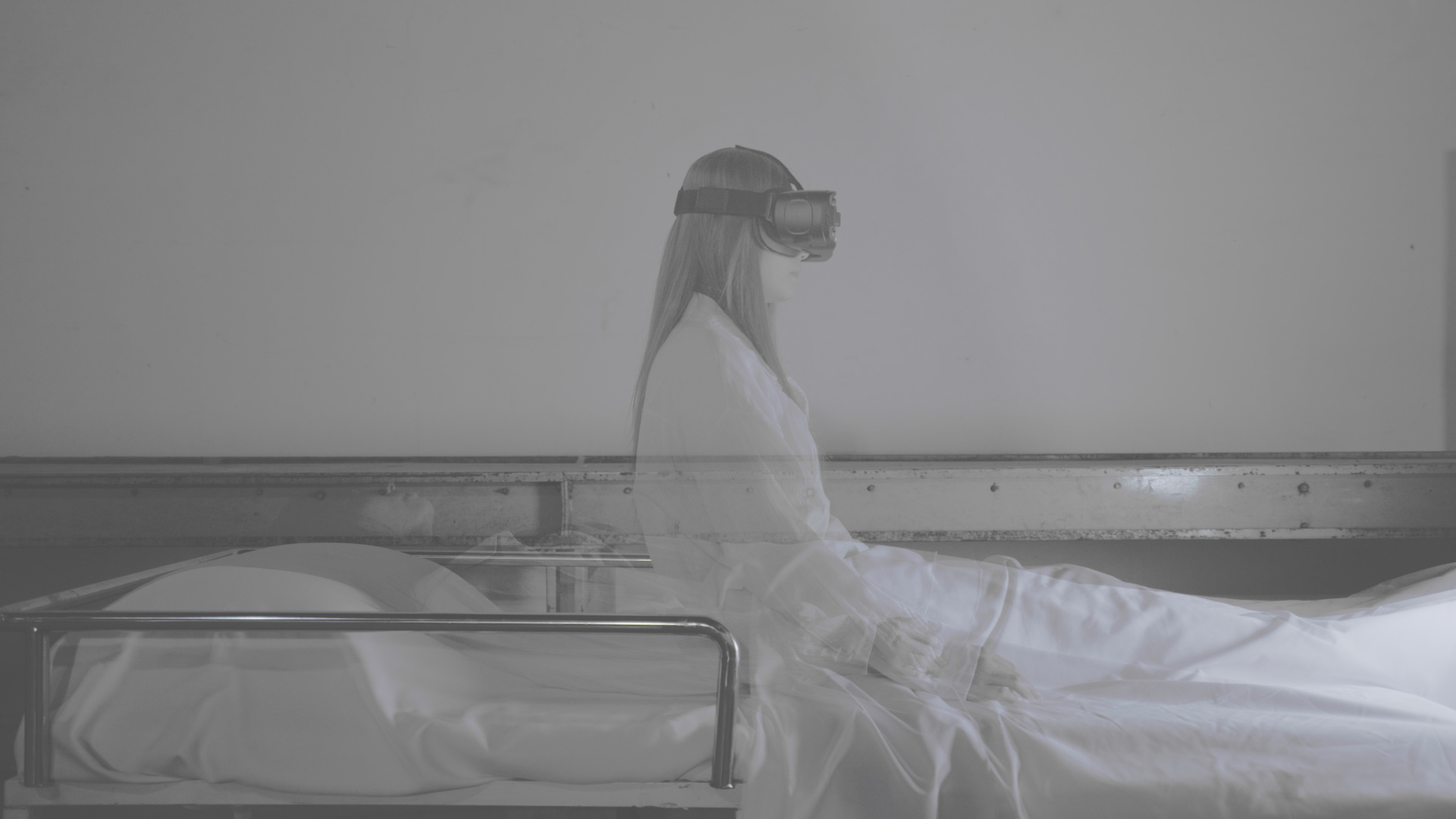
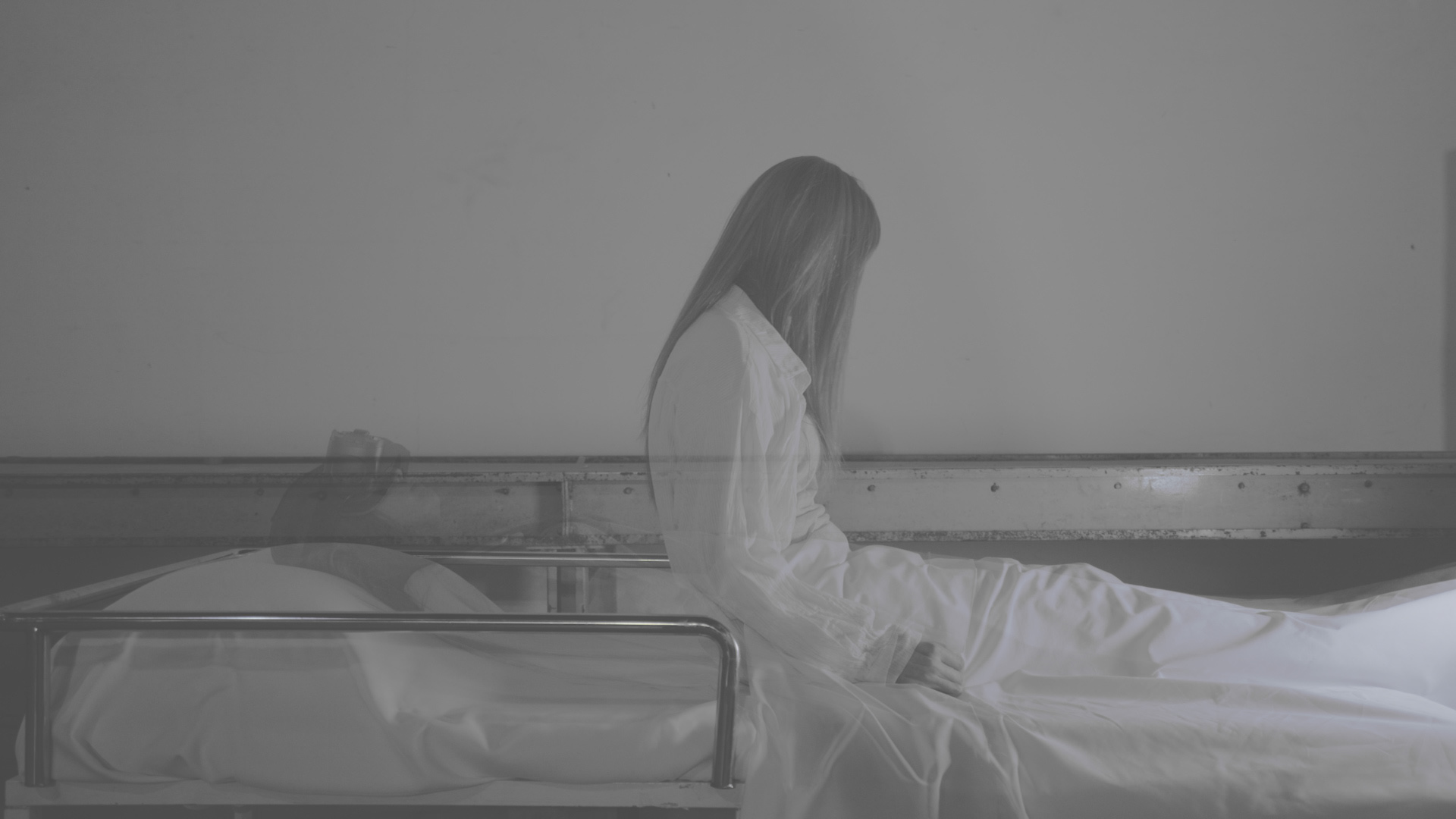
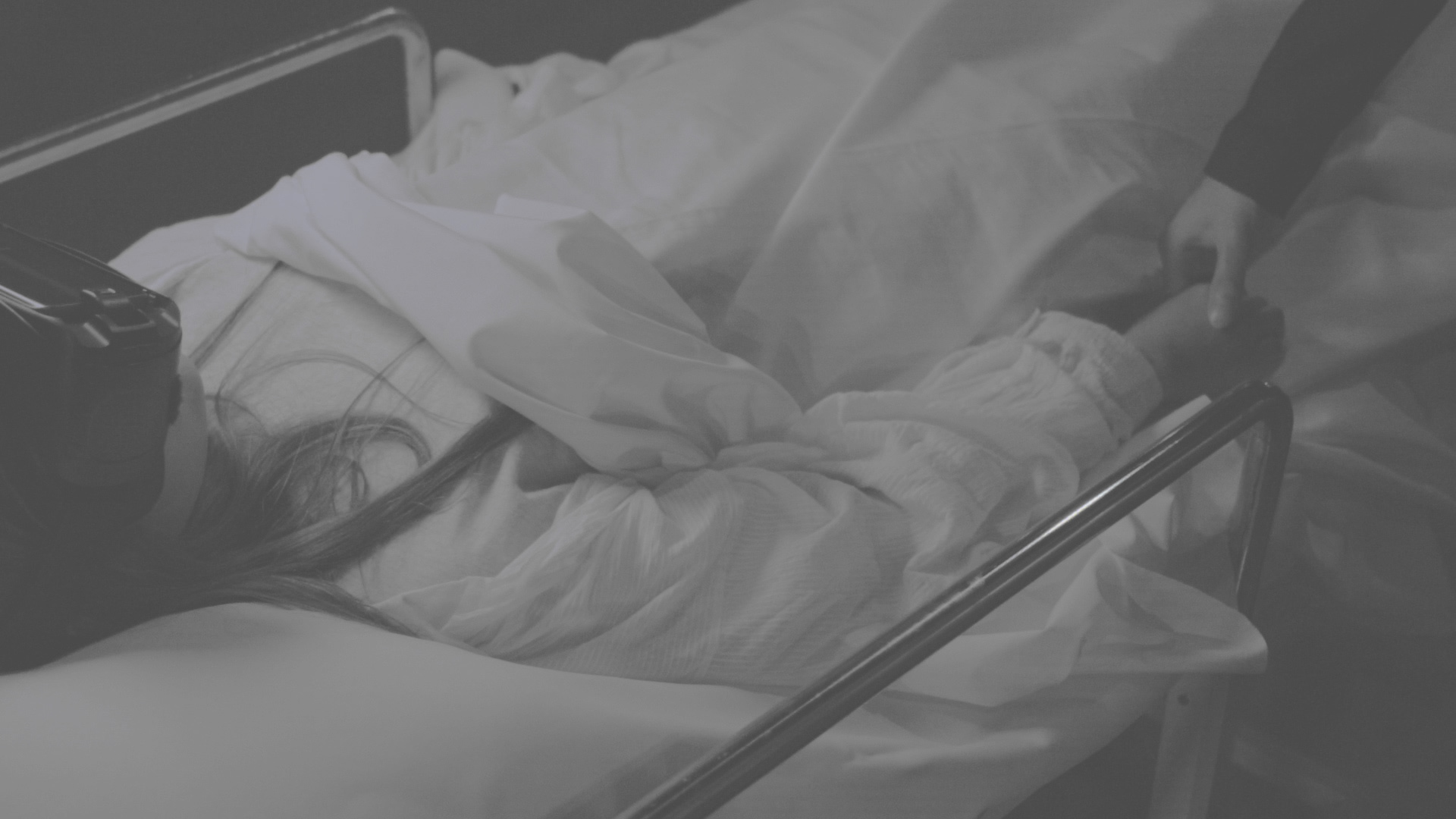
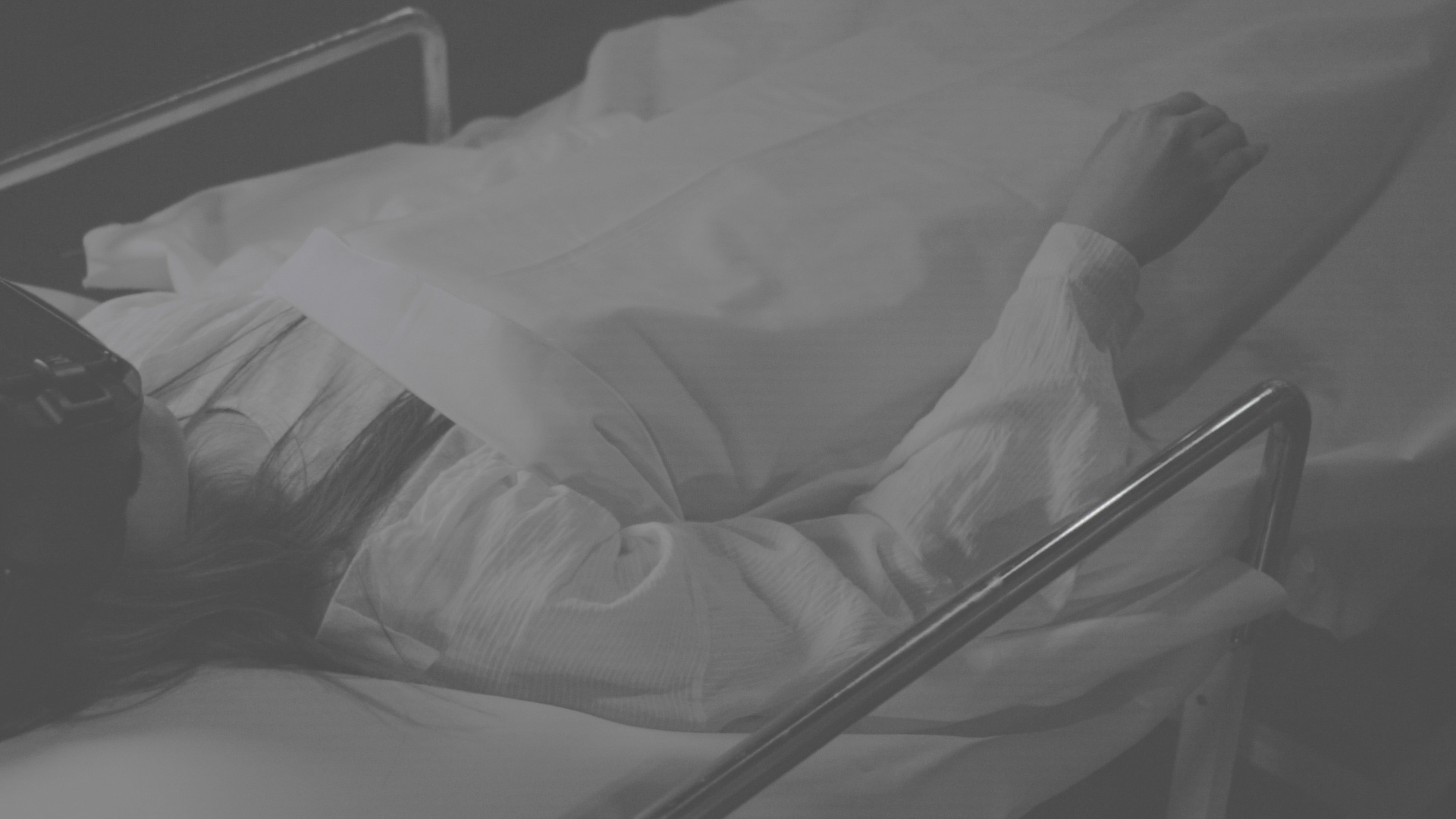
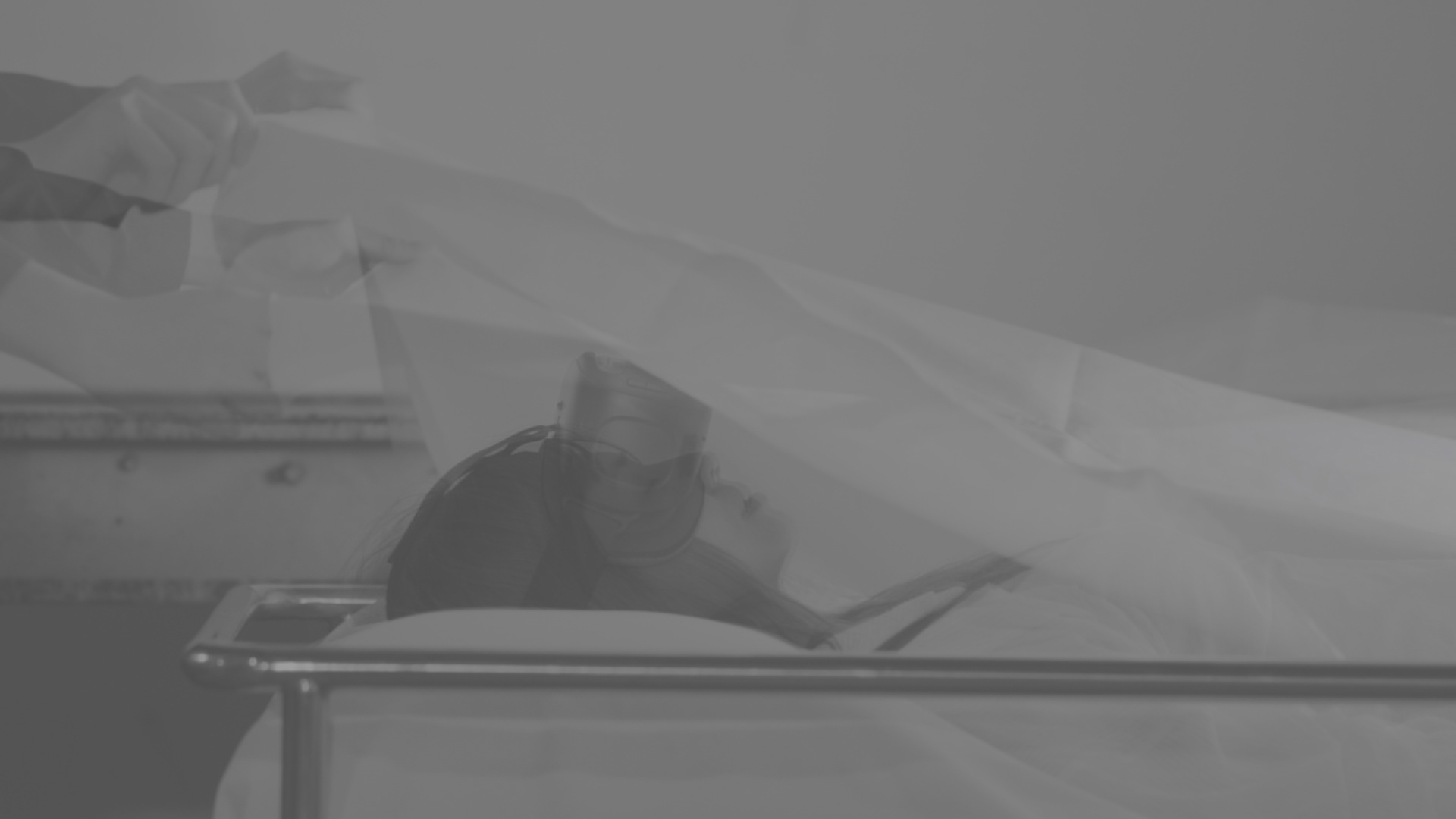

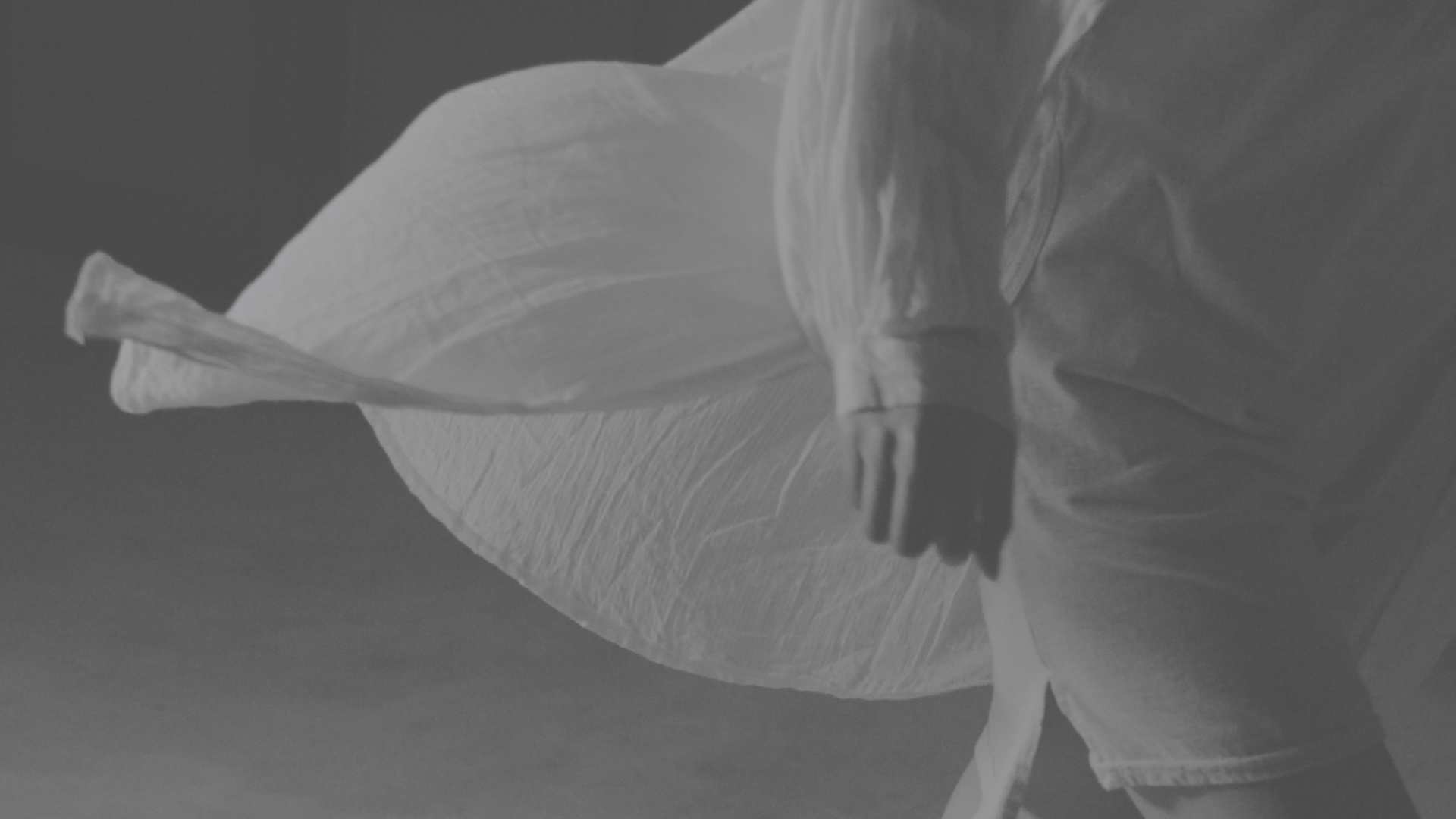
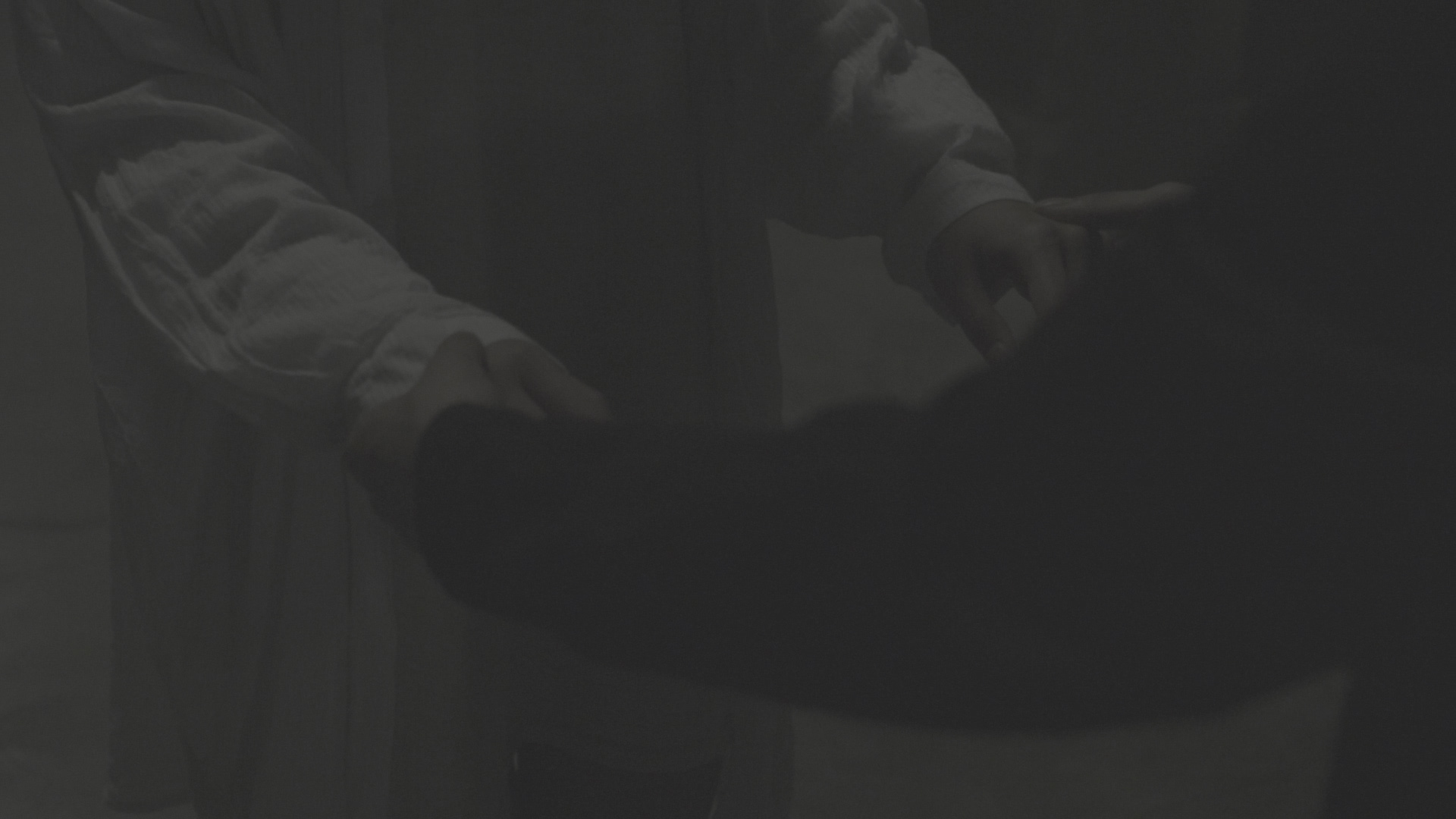
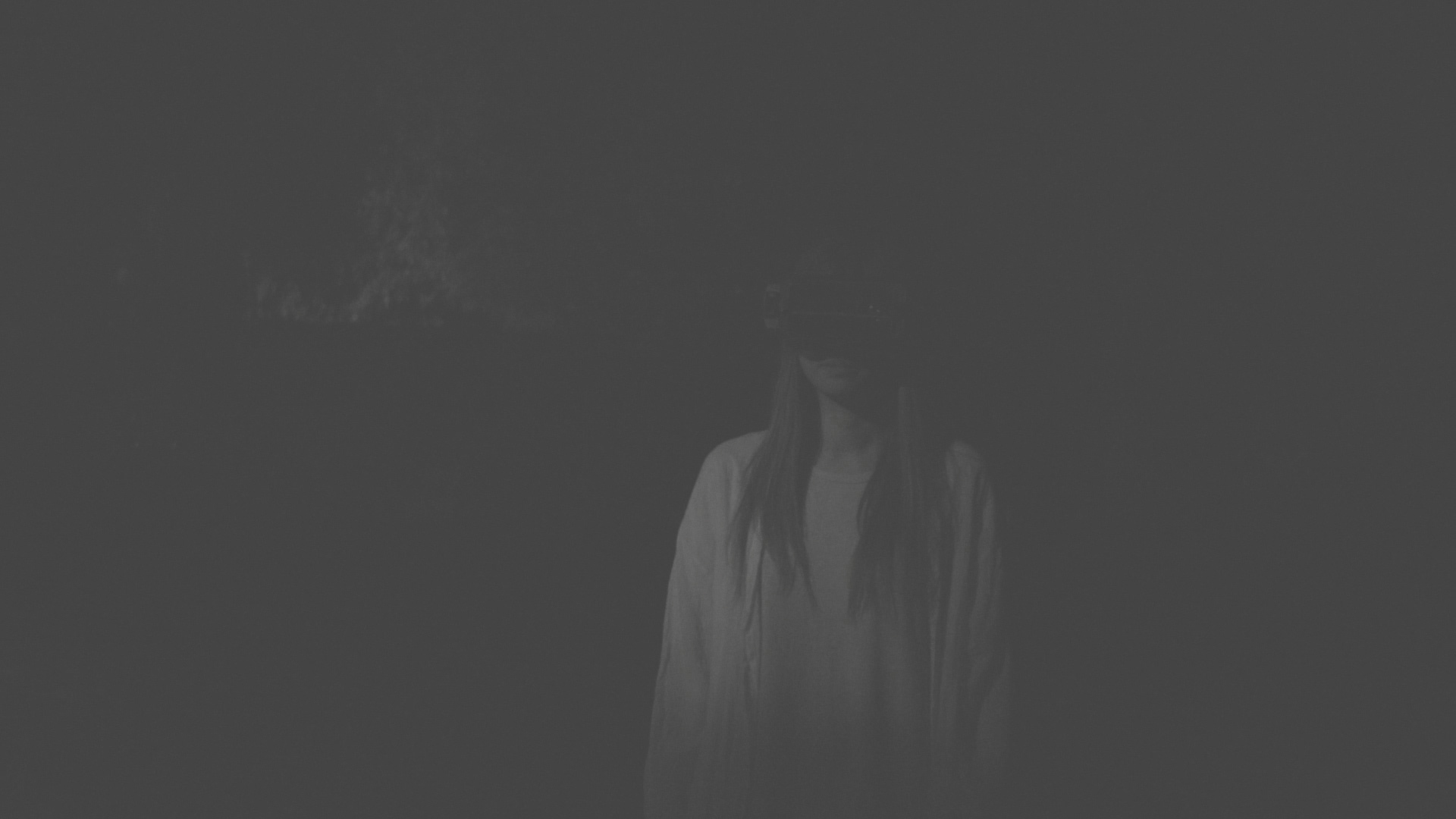
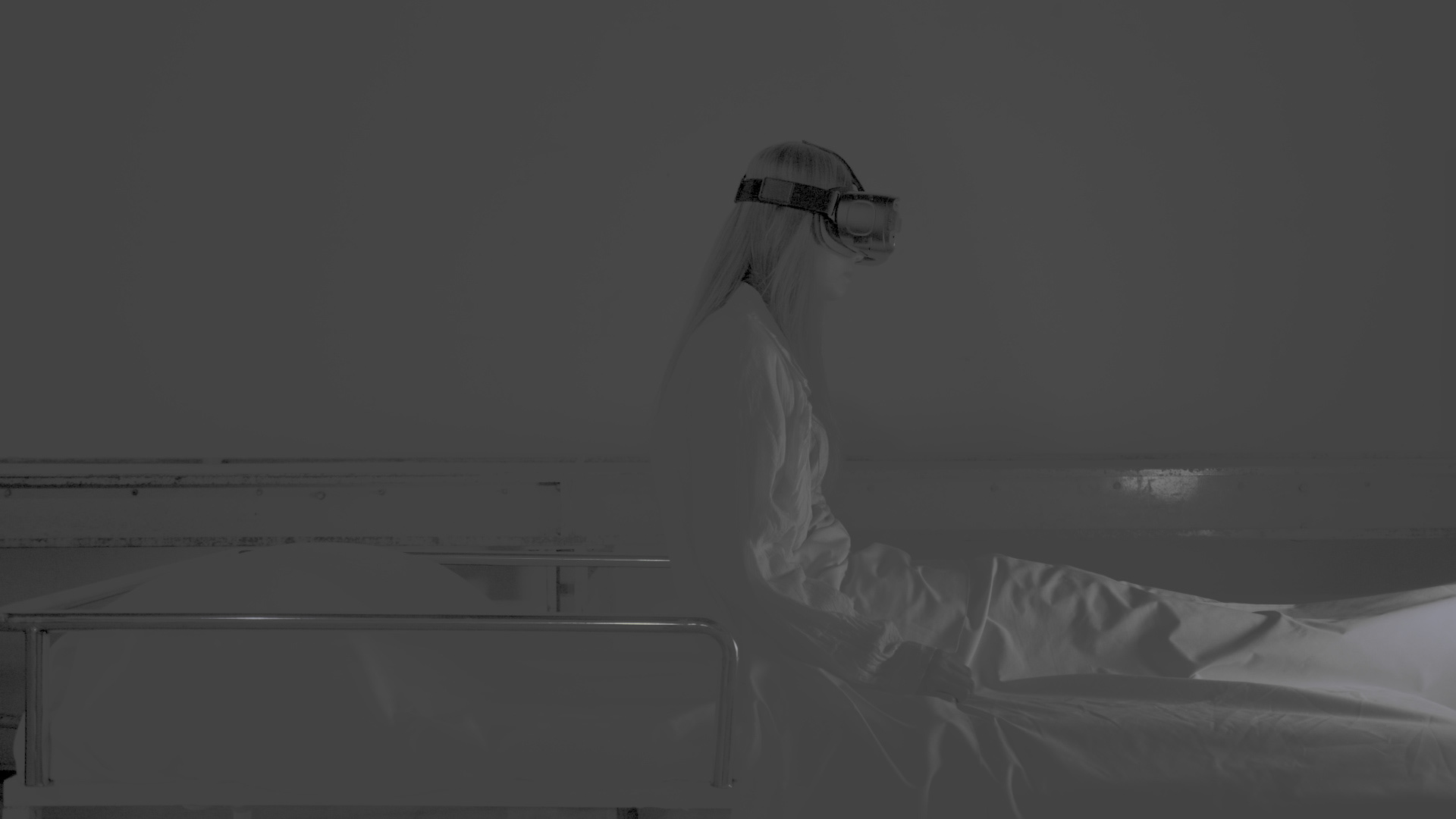
感謝名單:
Natasha Huang 、GuanZhong Chen 、杜浩瑋、洪金煌、鄭森雨、陳雁蓉、寧茵、外婆、洪千晴、爺爺
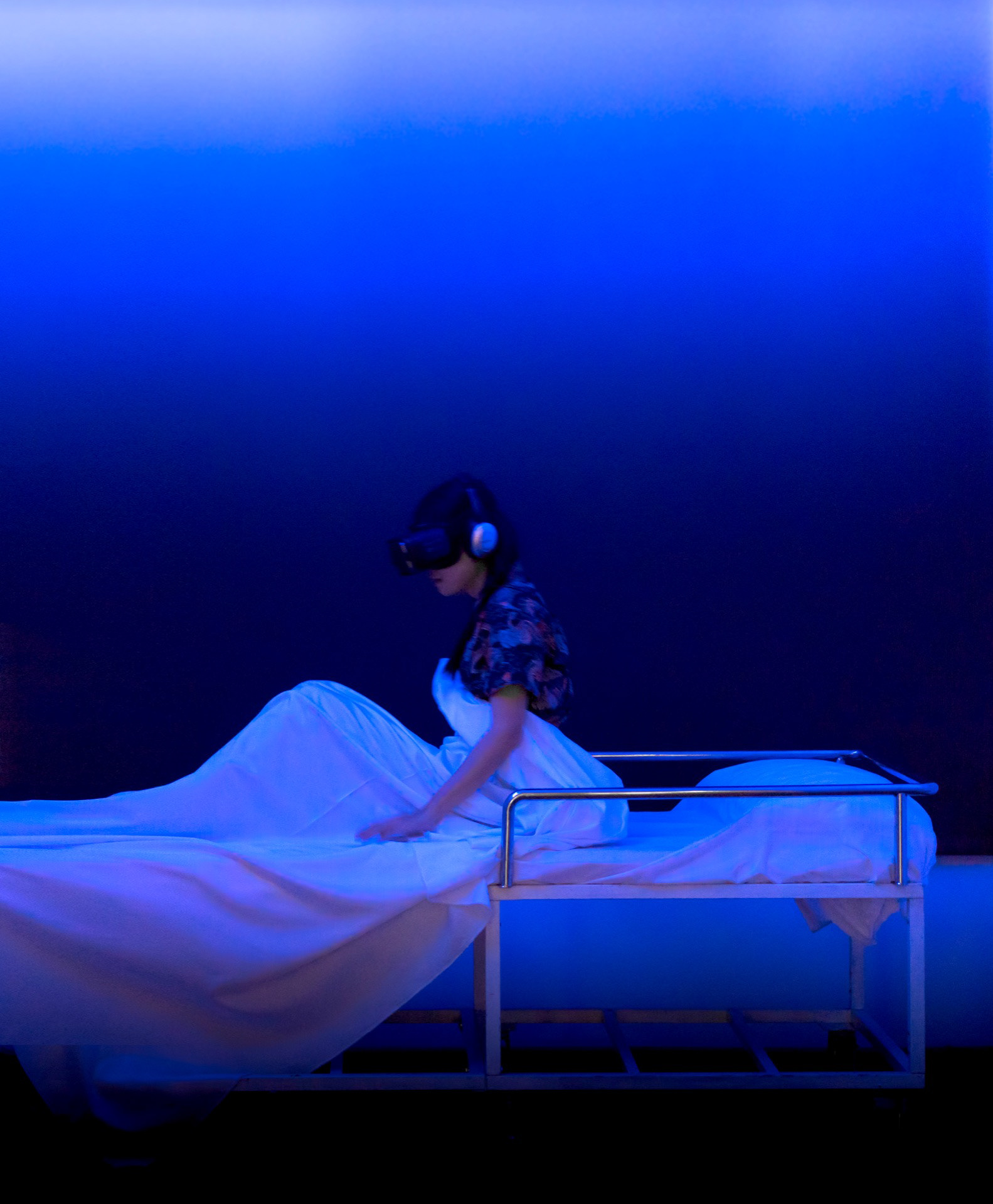
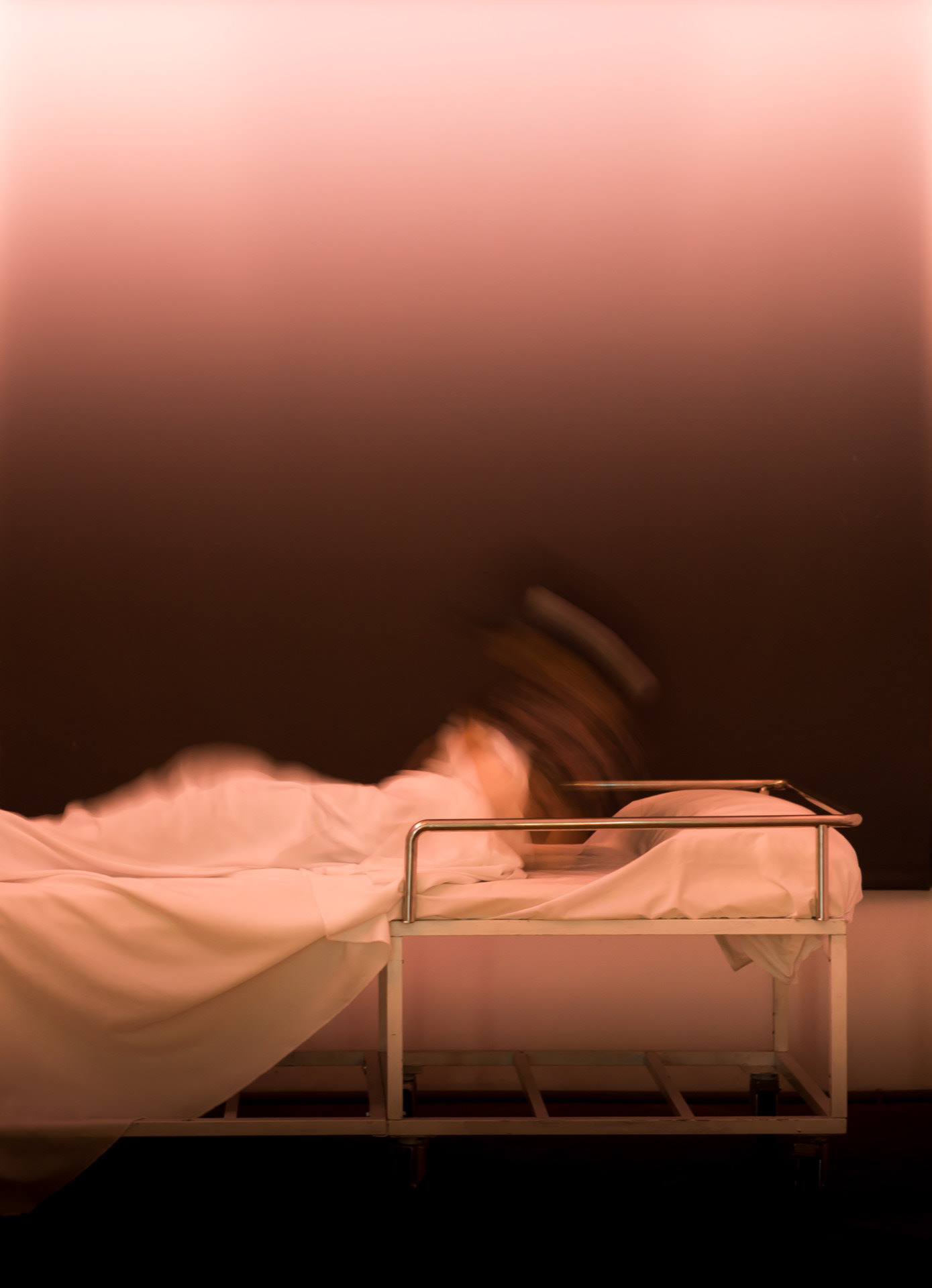
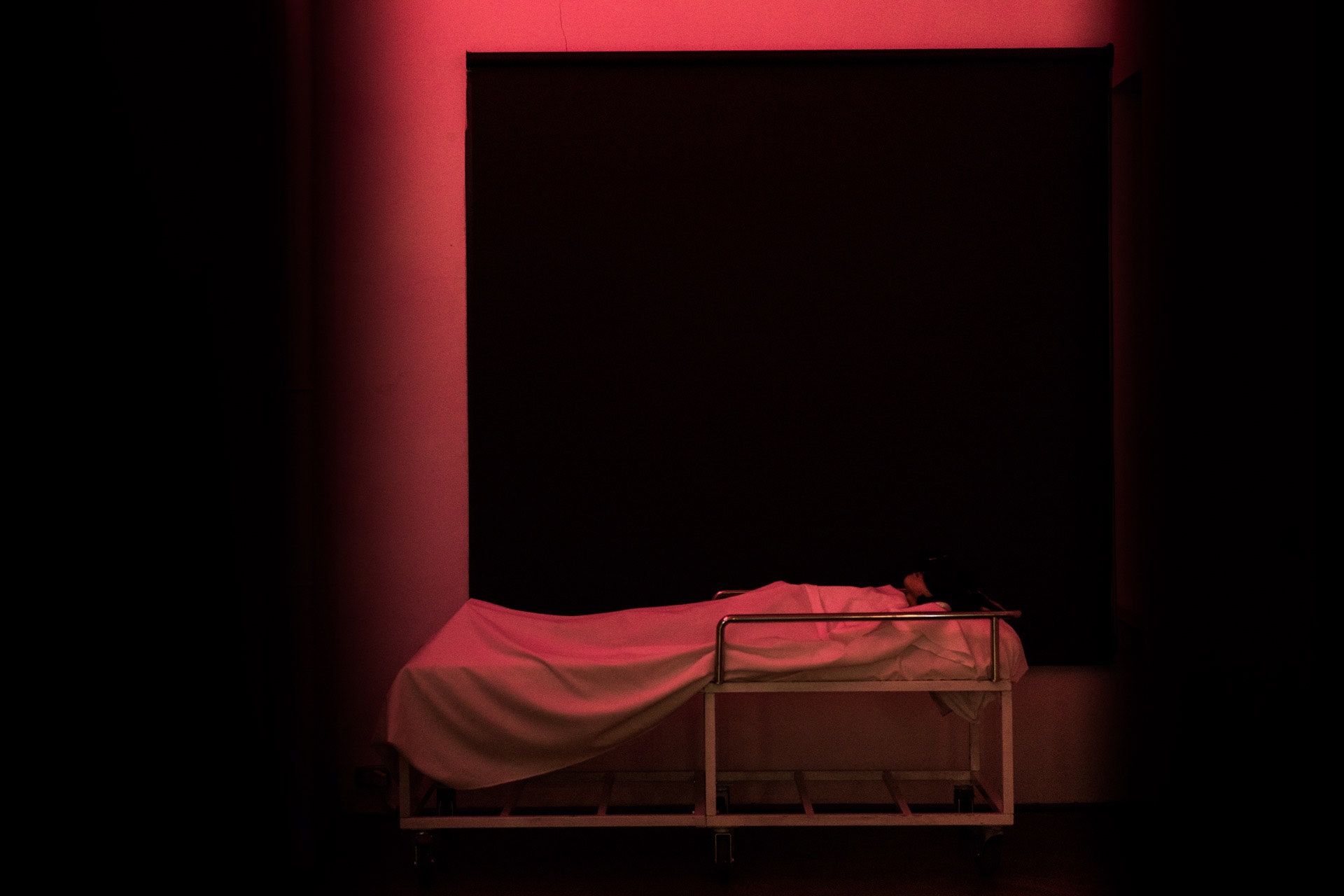


CLICK ↗️ N1801 - INTERNAL LANDSCAPE

